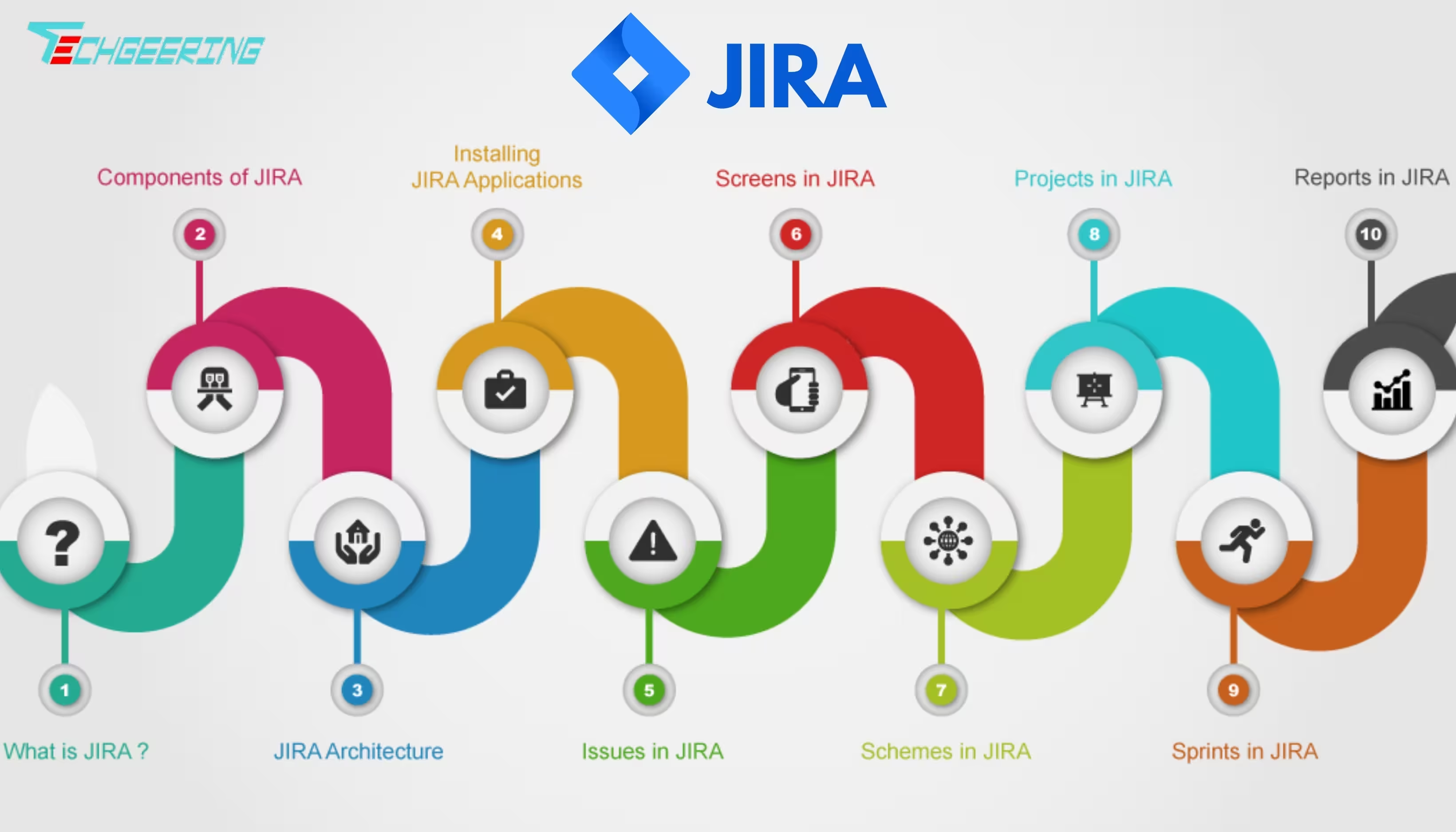React JS

Introduction
React JS, created by Facebook, has become one of the most well-known JavaScript libraries for building UIs. Its ascent to fame is attributed to its component-based architecture, which allows developers to create reusable UI components that make the development process more efficient and scalable.
What is React JS?
React JS is a declarative, efficient, and flexible JavaScript library for building UIs. It enables developers to create complex UIs from small and isolated chunks of code called "components." React JS only updates and renders the components that change, which makes it incredibly fast.
Key Features of React JS:
- Component-Based Architecture: React’s component-based architecture allows developers to break down a complex UI into simpler, reusable components. This modular approach not only enhances code reusability but also makes the application easier to maintain and scale.
- Virtual DOM: The Virtual DOM is a key feature of React, setting it apart by optimizing performance and enabling faster updates to the UI. Instead of re-rendering the entire page, React only updates the changed components, resulting in faster rendering and a more responsive UI.
- Declarative UI: React’s declarative UI model makes the code more predictable and easier to debug. Developers define the UI based on the application state, and React manages updating the UI when the state changes.
- JSX - JavaScript XML: JSX is a syntax extension that combines JavaScript with HTML-like syntax. It allows developers to write HTML components directly in JavaScript, making the code more readable and easier to maintain.
- React Hooks: Introduced in React 16.8, Hooks enable developers to use state and other React features without the need for class components, simplifying code and enhancing functionality. This simplifies the code and makes it easier to manage component logic.
Advantages of Using React JS:
- Speed: React’s Virtual DOM enhances rendering, making web applications faster and more efficient.
- Flexibility: React’s component-based architecture promotes reusability and effectiveness, making it easier to manage complex applications.
- Strong Community Support: React has a large and active community, meaning there is an abundance of resources, libraries, and tools available for developers.
Use Cases for React JS:
React JS is widely used in building single-page applications (SPAs) and is the foundation of large-scale applications like Facebook, Instagram, and Airbnb. It’s also a great choice for building responsive and interactive web applications where performance is crucial.
Conclusion:
React JS continues to evolve, with new features and improvements being added regularly. Its combination of simplicity, flexibility, and performance makes it an ideal choice for modern web development. Whether you're building a small project or a large-scale application, React JS offers the tools and capabilities to bring your ideas to life.













 Send WhatsApp
Send WhatsApp